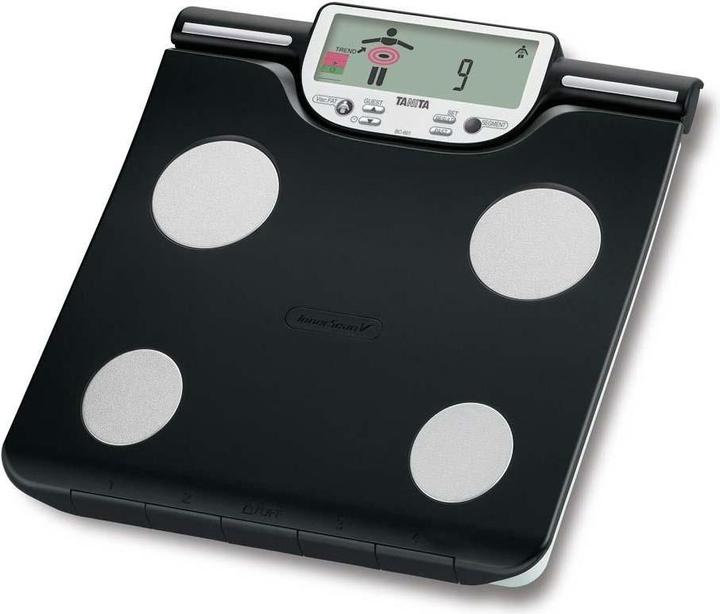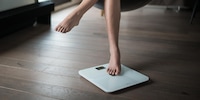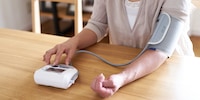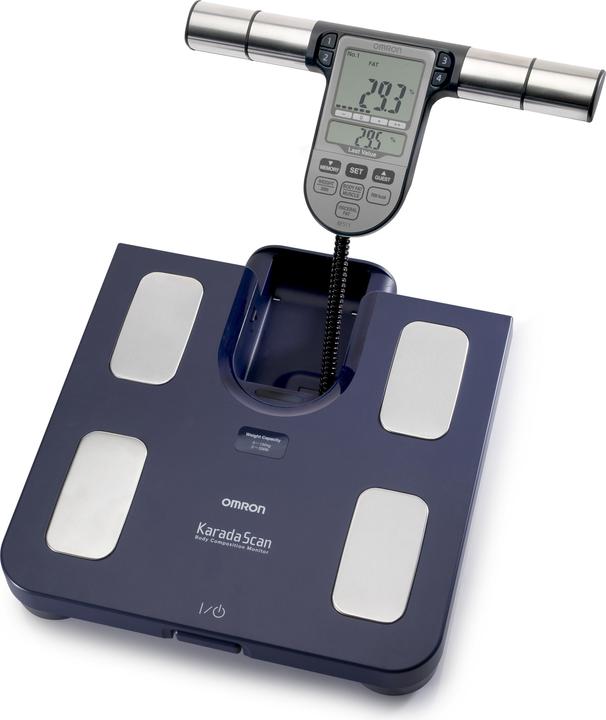
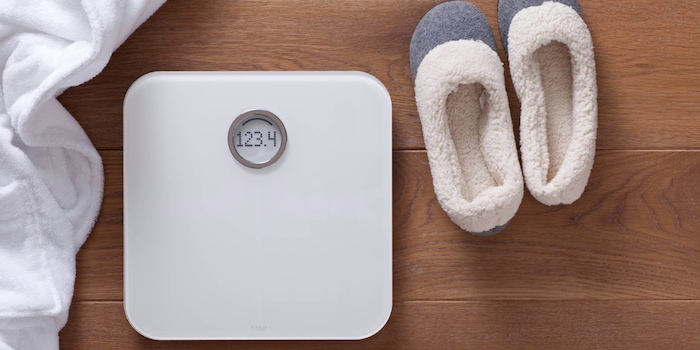
Bye bye analog scales – hello digital body analysis
Whether you’re health-conscious, active or trying to lose weight, body analysis scales are an ideal way to measure your success. What exactly can these scales measure? And how do they work? Read on to find out.
Who are body analysis scales suitable for?
The easy answer is: anyone who’s interested in knowing what their body is made of. Most scales measure body fat percentage, body water and muscle mass. This makes it the ideal tool for technophiles, athletes and people losing weight to track how their body is changing in the course of a diet or training programme.
How is body composition measured?
There’s one thing that all body analysis scales have in common: They are based on bioelectrical impedance analysis (BIA). BIA determines the electrical impedance to the flow of a weak and unnoticeable electric current through your body. As the impedance to the flow is higher in fat than in muscle, a variety of body tissues can be detected and an estimation of body fat percentage is made by combining the BIA measurement with your weight, height, gender, physical activity and age.
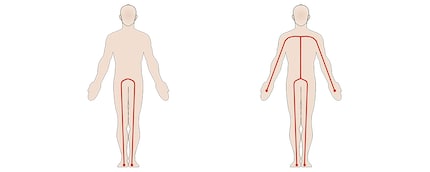
On the left: Measurement with foot electrodes, on the right: measurement with foot and hand electrodes.
Two-electrode foot-to-foot measurement
Results that are gained by measuring with two electrodes, one on each foot, should be considered as approximate values. Electric current always choses the shortest way to get from electrode to electrode, so it will flow from one foot to the other, analysing the lower part of the body but ignoring the top. These results can show a trend in the course of your diet or training programme, but don’t show correct absolute values. If you’re on a diet, make sure you’re losing fat and not muscle. It’s easy to track the development of your results, as you can display your data in an app.
4-electrode feet and hands measurement
If four electrodes are used to measure the flow of the current, the entire body is analysed, including harmful adipose tissue located inside the abdominal cavity, packed between the organs. These results are a more accurate reflection of your body condition. It’s also possible to show some measurements based on different segments of the body.
How do I get the most accurate measurements?
There are few things to consider if you’d like to make sure your results are as accurate and comparable as possible. First of all, always weigh yourself at the same time of day, for example in the morning after your first visit to the toilet. It has to be no less than 15 minutes after waking up, as this time is needed for the water in your body to spread after the night’s sleep. Make sure your feet are dry, so the current can flow well. Place your scales in a firm and flat position. It’s also important to always stand on the scales in the same way. If you’re unbalanced, your results won’t be accurate. Even if the measurements aren’t 100% accurate, body analysis scales are a good way of tracking trends and changes in your body composition.
4-electrode feet and hands measurement scales
Our current bestsellers
These topics might also interest you (in German):
Friends, family, cats and good wine are my lifeblood.
